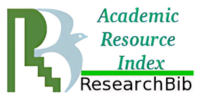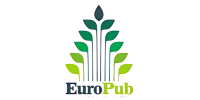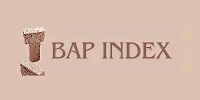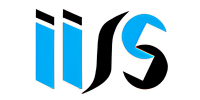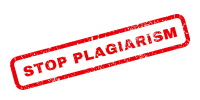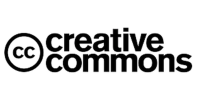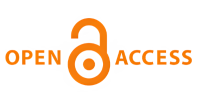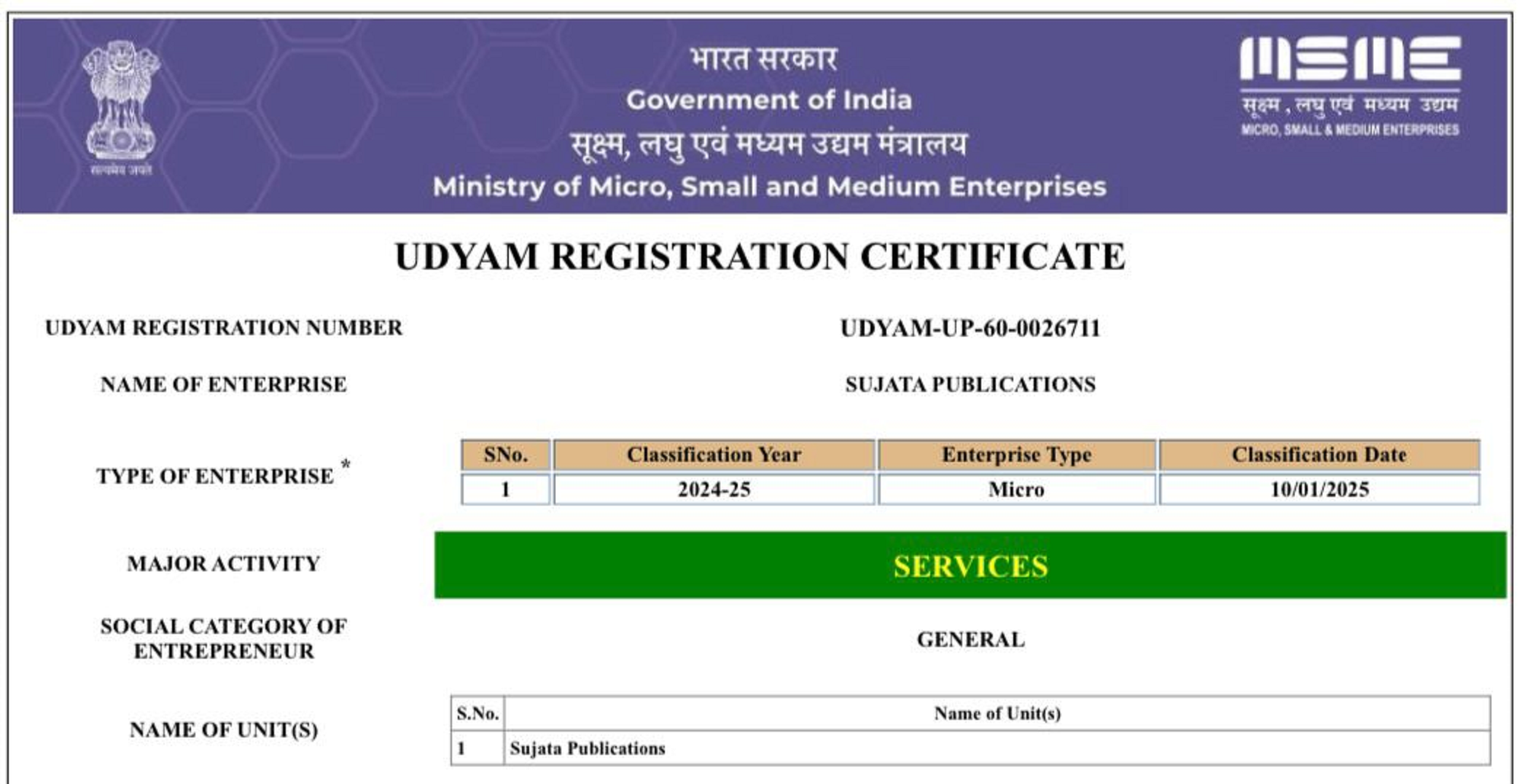ISSN: 2584-2897
Guidelines for Authors
International Journal of Pharmaceutical and Drug Design (IJPDD) is a research journal that is published every other month. In addition to publishing original research papers, it also publishes review articles, case reports, and brief communications in the fields of pharmaceutical sciences, biopharmaceutical sciences, biological, pharmacological, and toxicological research.
Access to the abstracts and full texts published in IJPDD is both free and limitless. The journal prioritizes speedy publishing and provides tools such as online research article monitoring and email and text message alerts, among other things. It is understood, before a manuscript is accepted for review, that the same work has not been published, that it is not currently being considered for publication anywhere else, and that its submission for publication has been approved by all the authors as well as the institution where the actual work was carried out.
International Journal of Pharmaceutical and Drug Design (IJPDD) publishes the following manuscript types:
- Original Research Articles
- Review Articles
- Short Communications
- Case Study
SUBMISSION OF THE MANUSCRIPT:
The online submission mechanism should be used to submit all submissions, which must all be in English. Every manuscript will be given a manuscript ID, and all communication will take place through email. For any additional questions, always refer to the manuscript ID. Up to three possible reviewers may be suggested by authors along with their contact information (e-mail addresses are essential). Send manuscripts to editor.ijpdd@gmail.com along with a covering letter, preferably written by the corresponding author, if you encounter any issues with online submission.
MANUSCRIPT STRUCTURE
RESEARCH ARTICLE FORMAT
The Microsoft Office format is recommended for all submitted manuscripts (2003 or above). The manuscript ought to be typed up in a succinct manner using 1.5 spaces on pages that are A4 size. As a direct result of this, the pages will be numbered. Only on one side, with a one-inch margin on both the left and right. The manuscript needs to be written in Times New Roman with a font size of 12, and the title needs to be written in bold space caps with a font size of 14. The subtitles in each segment must be written in font size 12, bold face lower case, while the section titles must all be written in font size 12 bold face capitals. It is required that the illustrations (Figures and Tables) be placed in the article at the right location. The usage of Standard International Units is recommended for the entirety of the text. It is important that the pages be numbered correctly. No decorative borders are allowed anywhere in the text, even the page that is designated as the title page. The title page should be the first page of the manuscript, and the text should be ordered in the following order from beginning to end:
- Title Page
- Abstract
- Keywords
- Introduction
- Materials and Methods
- Results and Discussion
- Conclusion
- Acknowledgements
- References
Title Page
On the first page, the title should be as concise as possible and convey specific information about the contents. The title should be followed by the authors' full names, affiliations, and institutional addresses.
Authors and Co-Authors Details and Their Affiliations
Each author is required to submit their complete name, including forenames and surnames. The Corresponding Author must be indicated with an asterisk* and listed first. In addition, the author must include a telephone number and email address in the lower left corner of the title page. If any of the co-authors are affiliated with separate organisations, their addresses should be included and numbered after their names. No more than six authors should be permitted.
Abstract
Provide an abstract of no more than 150-250 words on a separate page. An abstract that is succinct and factual is essential. The Abstract should be informative and entirely self-explanatory, presenting the topic quickly, describing the scope of the studies, highlighting noteworthy data, and highlighting key findings and conclusions. Because an abstract is frequently given independently from the article, it must be able to stand on its own. Therefore, conventional terminology must be utilised, and abbreviations and allusions must be avoided.
Keywords
Provide three to six appropriate keywords after the abstract.
Materials and Methods
It should be exhaustive enough to permit replication of experiments. All processes should be detailed in depth, references to previously published procedures should be included, and any significant alterations to previously published procedures should be briefly acknowledged. Include the manufacturer's name and address with brand names. There should be subheadings. Methods that are often employed need not be detailed in depth.
Results
Results and their relevance must be presented clearly and concisely, preferably in the form of self-explanatory graphs and tables.
Discussion
It should contain a critical review of the results in the light of relevant literature. Results and Discussion may be combined.
Conclusions
This should state clearly the main conclusions of the research and give a clear explanation of their importance and relevance. Summary illustrations may be included.
Acknowledgement
Acknowledgements should be placed in a separate section after the conclusion. If external funding has been obtained for the study, then that should be mentioned under a separate header "Funding", after the acknowledgements.
References
The authors are responsible for the accuracy of the bibliographic information. It must be numbered consecutively in the order that they are cited in the text and designated by superscript with square brackets after the punctuation marks. ([X]) A list should be included on separate 1.5spaced pages at the end of the text. For the proper abbreviations of the journal titles, refer to "Chemical Abstracts". The style and punctuation of the references should confirm to the following examples:
Journal references
- Cantarelli MA, Pellerano RG, Marchevsky EJ, Camina JM. (Title of article). Anal Sci, 2011; 27(1): 73-8.
- Sather BC, Forbes JJ, Starck DJ, Rovers JP. (Title of article). J Am Pharm Assoc, 2007; 47(1): 82-5.
Books
- Meltzer PS, Kallioniemi A, Trent JM. Chromosome alterations in human solid tumors. In: Vogelstein B and Kinzler KW (eds.). The Genetic Basis of Human Cancer, New York; McGraw-Hill: 2002, pp. 93-113.
- Bard AJ, Faulkner LR. Electrochemical Methods: Fundamentals and Applications. 2nd ed., New York; John Wiley and Sons: 2001.
Patents
- Aviv H, Friedman D, Bar-Ilan A, Vered M. US Patent, US 5496811, 1996.
Websites
- Database of Natural Matrix Reference Materials, Compilation prepared by International Atomic Energy Agency (IAEA), http://www.iaea.org/programmes/nahunet/e4/nmrm/browse.htm/. For other types of citation, please see "Uniform Requirement for Manuscripts Submitted to Biomedical Journals: Sample References" at www.nlm.nih.gov/bsd/uniform_requirements.html
Tables
These should be numbered with Arabic numerals. Each table should be typed using a table format (i.e., each variable must be typed into a separate cell in the table) with only horizontal lines above and below the table column headers and at the bottom of the table. No vertical lines should be included in any table. The title should be typed at the top of the table in the sentence case format, i.e., only the first name should be in capital letters; as appropriate. Any footnote should be typed at the bottom of the table in italic.
Illustrations and Figures
Figures must be numbered independently of tables, multimedia, and 3D models and cited as the relevant point in the manuscript text, e.g. "Fig. 1", "Fig. 2", etc. All figures including photographs should be numbered consecutively in Arabic numerals in the order of their appearance in the text and bear a brief title in lower case bold face letters below the figure. Do not duplicate data by presenting it both in the text and in a figure. For any figure directly extracted from previously published materials, you must have written permission from the publisher of that figure for reprint use. A copy of that permission release must be submitted with your article.
REVIEW ARTICLES
Review articles should not be more than 25 pages and contain comprehensive coverage of relevant literature. Review articles should preferably be written by scientists who have in-depth knowledge of the topic. All format requirements are similar to those applicable to Research papers. Review articles need not to be divided into sections such as Materials and methods, and Results and discussion, but should definitely have an abstract and introduction.
SHORT COMMUNICATIONS
The research and technical communications section of this journal (maximum 3,000 words) is open to interesting results worthy of publication without requiring extensive introduction and discussion. This section should be organized as follows: Abstract, Introduction, Materials and methods, Results and discussion (combined). Not more than 10 references should be provided. Tables, figures and references are to be arranged in the same way as for research papers. Brevity of presentation is essential for this section.
Note: Figures and tables should be included at appropriate place in the manuscript
Chemical Terminology: The chemical nomenclature used must be in accordance with that used in the Chemical Abstracts.
Biological Nomenclature: Names of plants, animals and bacteria should be in italics.
Enzyme Nomenclature: The trivial names recommended by the IUPAC-IUB Commission should be used. When the enzyme is the main subject of a paper, its code number and systematic name should be stated in its first citation in the paper.
Symbols and Abbreviations: Use only standard abbreviations. The use of non-standard abbreviations can be extremely confusing to readers. Avoid abbreviations in the title. The full term for which an abbreviation stands should precede its first use in the text unless it is a standard unit of measurement.
ETHICAL MATTERS
Authors involving in the usage of experimental animals and human subjects in their research work should seek approval from the appropriate Institutional Animal Ethics Committee in accordance with "Principles of Laboratory Animal Care". The material and methods section of the manuscript should include a statement to prove that the investigation was approved and that informed consent was obtained.
PUBLICATION MALPRACTICE
The IJPDD Journal is committed to upholding the highest standards of publication ethics and takes all possible measures against any publication malpractices. All authors submitting their works to the IJPDD journal for publication as original articles attest that the submitted works represent their authors’ contributions and have not been copied or plagiarized in whole or in part from other works. The authors acknowledge that they have disclosed all and any actual or potential conflicts of interest with their work or partial benefits associated with it. In the same manner, the IJPDD journal is committed to objective and fair double-blind peer-review of the submitted for publication works and to prevent any actual or potential conflict of interests between the editorial and review personnel and the reviewed material. Any departures from the above-defined rules should be reported directly to the Editors-in-Chief, who is unequivocally committed to providing swift resolutions to any of such a type of problems.
AUTHORSHIP
A manuscript will be considered for the publication based on the below understanding:
- All named authors should agree to its submission
- It is not currently being considered for the publication by another journal
- If the paper is accepted, it will not be subsequently published in the same or similar form in any language without the consent of publishers Any changes to the author list after submission, viz., a change in the order of the authors, deletion or addition of the authors needs to be approved by a signed letter from each author.
COPYRIGHT
Submission of the manuscript represents that the manuscript has not been published previously and is not considered for publication elsewhere. Authors would be required to sign a Copy Right Transfer Agreement Form once the manuscript is accepted.
GALLEY PROOF’S
Unless indicated otherwise, galley proofs are sent to the address given for correspondence. It is the responsibility of the corresponding author to ensure that the galley proofs are returned without delay.
PRIVACY STATEMENT
The names and email addresses entered in this journal site will be used exclusively for the stated purposes of this journal and will not be made available for any other purpose or to any other party.
AUTHOR FEES
This journal charges the following author fees.
Article Submission: 0.00 (INR)
Authors are required to pay zero rupees for an Article Submission never pay Fee as part of the submission process to contribute to review costs.
If this paper is accepted for publication, you will be asked to pay an Article Publication Fee to cover publications costs.
|
Article category |
Articles from outside India & UK |
Articles from within UK |
Articles from within India |
|
Research article (Original article) |
$40 USD |
$40 USD |
Rs 1100 |
|
Review Article |
$40 USD |
$40 USD |
Rs 1100 |
|
Case reports |
$40 USD |
$40 USD |
Rs 1100 |
|
Short Communication |
$40 USD |
$40 USD |
Rs 1100 |


